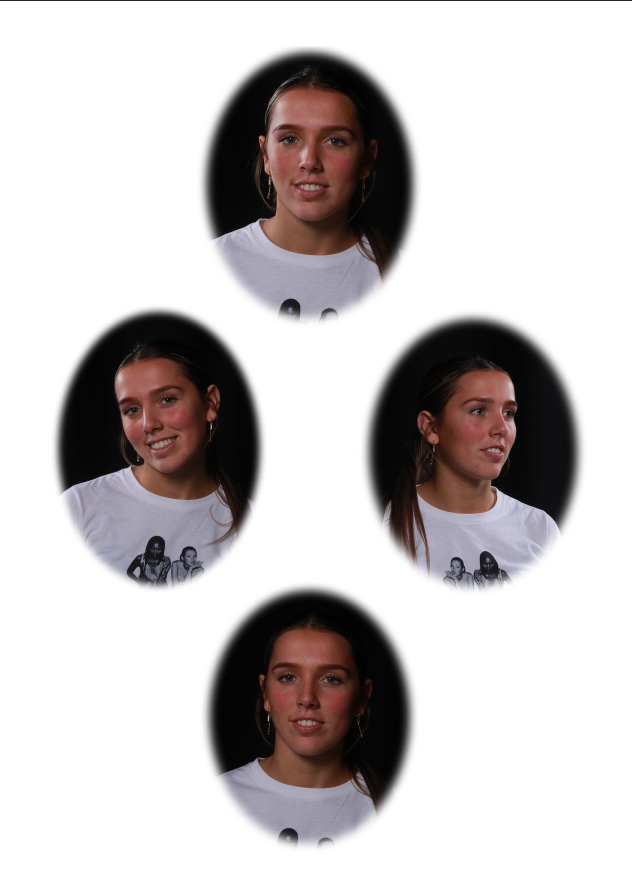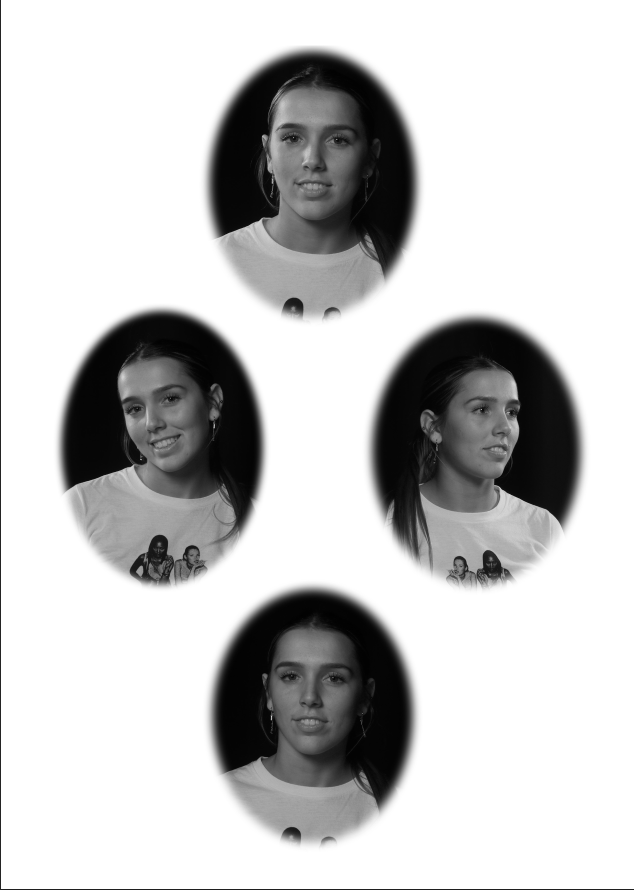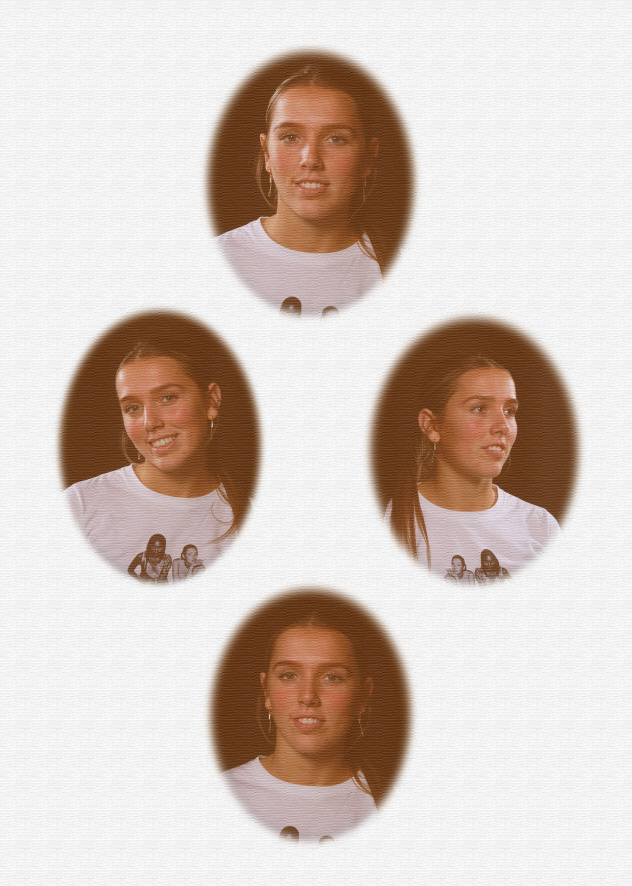DIAMOND CAMEO:
What is it?
‘Diamond Cameo’ styles of photography is where four oval portraits are presented of usually the same individual person but they are positioned at different angles. The four oval portraits create a diamond shape when they are placed in a certain layout. Sometimes, artists decide to use different people which makes this technique really unique.
Examples of Diamond Cameo methods:


Artist Inspiration– Henry Mullins
Henry Mullins was a British photographer who moved from London to Jersey in 1848, which he then set up a studio known as the ‘Royal Saloon’ in the prime location of the Royal Square, St Helier. Initially, he was in partnership with a Mr Millward, but by the following year he was working alone and continued to work out of the same studio for another 26 years. He produced thousands of portraits of islanders between 1848 and 1873 at this highly successful studio. While numerous photographic studios opened across the town of St Helier in the 1850s and 1860s, Mullins continued to be the photographer of choice for leading members of Jersey society and successful local and immigrant families.
Examples of his work:

My Contact Sheet:

My edited photos:
Here is a few examples of my attempt at using the technique of Diamond Cameos. I used four portraits of the same person in different positions and facial expressions so it could look as effective as possible.



Evaluation:
I think these Diamond Cameos are really successful, and I like the way in the last one that the added filter creates an old-fashioned affect. I experimented with three different ways of presenting these images. Personally, my favourite is the vintage-like one, as it holds the most emotion behind the presentation of images. The photos have a yellowish, warmer tone to it as this brings an affect of nostalgia. I was inspired by Henry Mullins’ artwork as I love how his photos look really old and vintage, so I tried to similarly do the same with mine.
